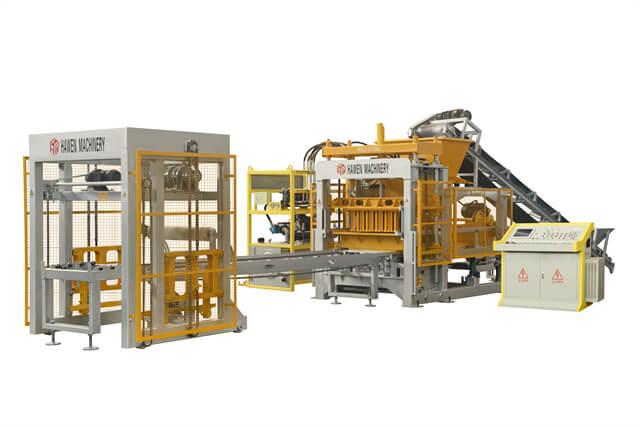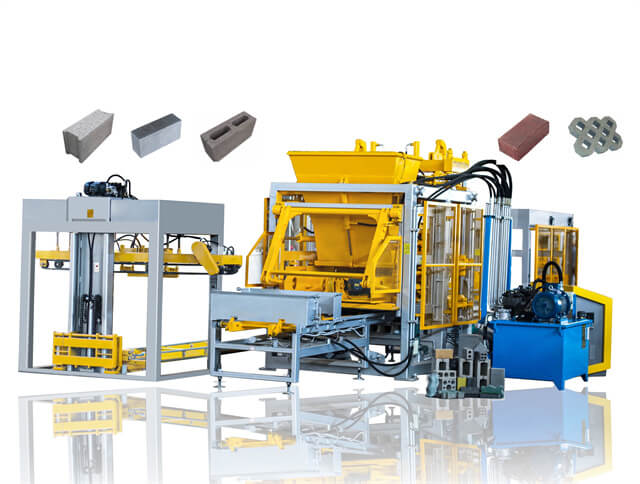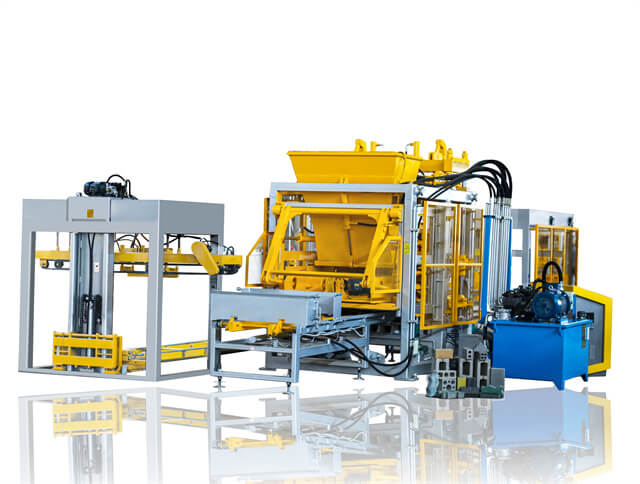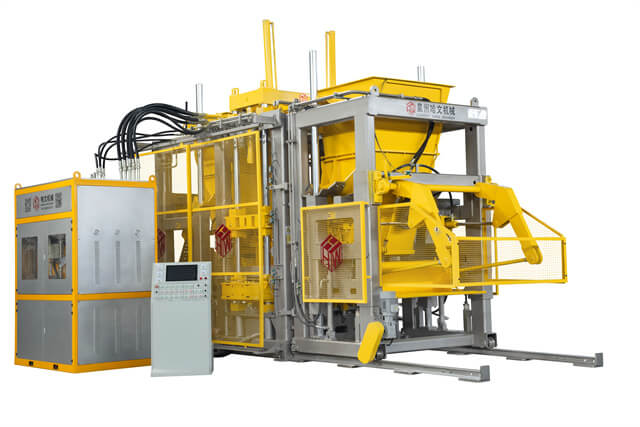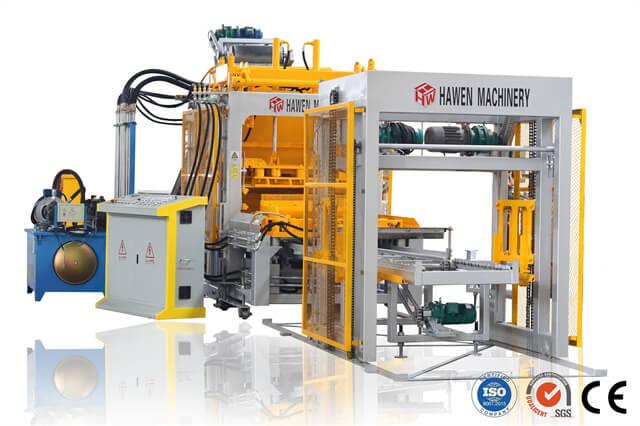Author:HAWEN Block MachineFROM:Brick Production Machine Manufacturer TIME:2024-04-29
The operation and utilization of an interlocking block making machine is a crucial aspect of modern construction. These machines are designed to produce interlocking blocks, which are used in the construction of walls, pavements, and other structures. By interlocking the blocks, they provide added stability and strength to the structure. In this article, we will explore the process of operating and utilizing an interlocking block making machine.
Before using an interlocking block making machine, it is essential to understand its components and functionalities. These machines typically consist of a mixer, conveyor belt, brick mold, and hydraulic system. The mixer is used to mix the raw materials, such as cement, sand, and water, to create a homogenous mixture. The conveyor belt then transports the mixture to the brick mold, where it is compressed and shaped into interlocking blocks. The hydraulic system provides the necessary pressure for compression.
.jpg)
Prior to operating the machine, proper preparation and setup are required. This includes ensuring that all necessary raw materials are available and in the correct proportions. The machine should also be set up on a stable surface and connected to a reliable power source. It is also important to ensure that the hydraulic system is in good working condition and that any safety measures, such as emergency stops, are functioning correctly.
To operate the interlocking block making machine, the operator needs to load the mixer with the appropriate proportions of raw materials. The machine is then started, and the mixer begins to rotate, mixing the materials. Once the mixture reaches the desired consistency, it is transported by the conveyor belt to the brick mold. The hydraulic system is then activated, applying pressure to compress the mixture within the mold and create the interlocking blocks.
During the operation, it is important to monitor the machine and make any necessary adjustments. This includes ensuring that the mixer is functioning properly and that the mixture is of the right consistency. The operator should also check the conveyor belt for any obstructions or malfunctions. Additionally, the hydraulic system should be monitored to ensure the proper pressure is being applied to the brick mold. Any deviations or issues should be promptly addressed to prevent any defects in the blocks.
Once the interlocking blocks are formed, they need to be cured and finished. Curing involves allowing the blocks to dry and gain strength. This can be achieved by stacking the blocks in a controlled environment and providing adequate moisture. After the curing process, the blocks can be finished by removing any excess material or imperfections. This can be done manually or by using specialized equipment.
Ensuring the quality of the interlocking blocks is crucial for their effective utilization. Regular quality control checks should be conducted to verify the strength, dimensions, and interlocking capabilities of the blocks. This can involve performing compression tests, measuring dimensions, and checking the interlocking fit. Any blocks that do not meet the specified standards should be rejected and replaced.
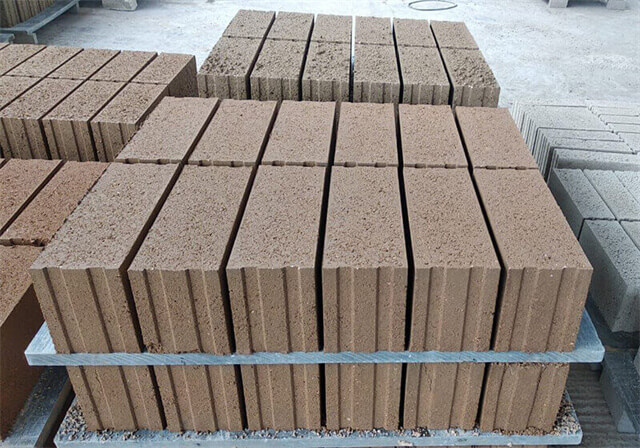
Interlocking blocks have numerous applications in construction. They can be used for building walls, pavements, driveways, and even entire structures. The interlocking feature of the blocks provides added stability and reduces the need for mortar or adhesives. This makes construction faster, more cost-effective, and environmentally friendly. The blocks can also be easily dismantled and reused, reducing waste in construction projects.
Regular maintenance is essential to keep the interlocking block making machine in optimal condition. This includes lubricating moving parts, cleaning the machine, and replacing any worn-out components. Additionally, troubleshooting skills are important to quickly identify and resolve any issues that may arise during operation. Operators should be familiar with the machine's manual and seek professional assistance if needed.
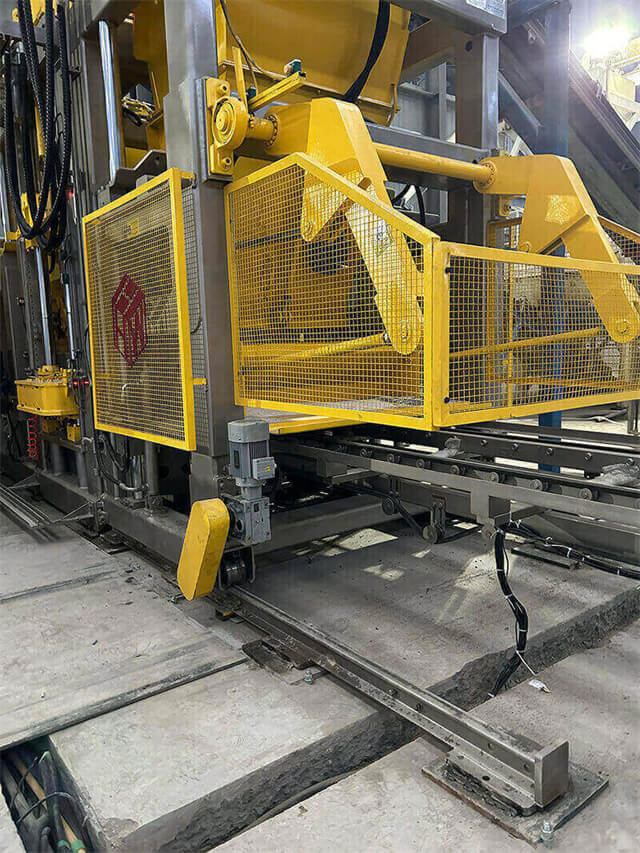
In conclusion, operating and utilizing an interlocking block making machine requires understanding its components and functionalities, proper preparation and setup, monitoring and adjusting during operation, curing and finishing the blocks, implementing quality control measures, utilizing the blocks in construction, and maintaining the machine. By following these steps, construction projects can benefit from the strength, stability, and convenience offered by interlocking blocks.
